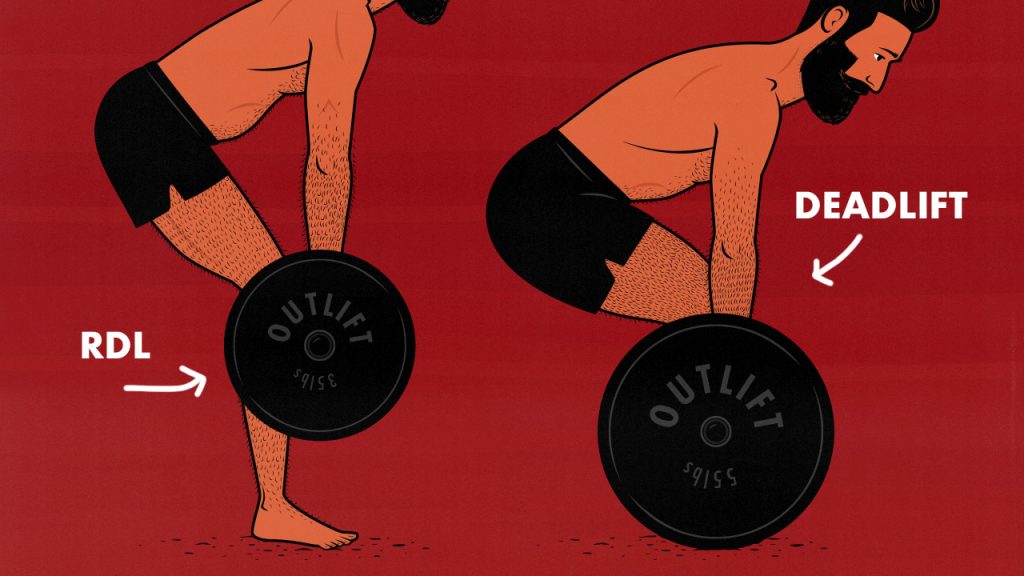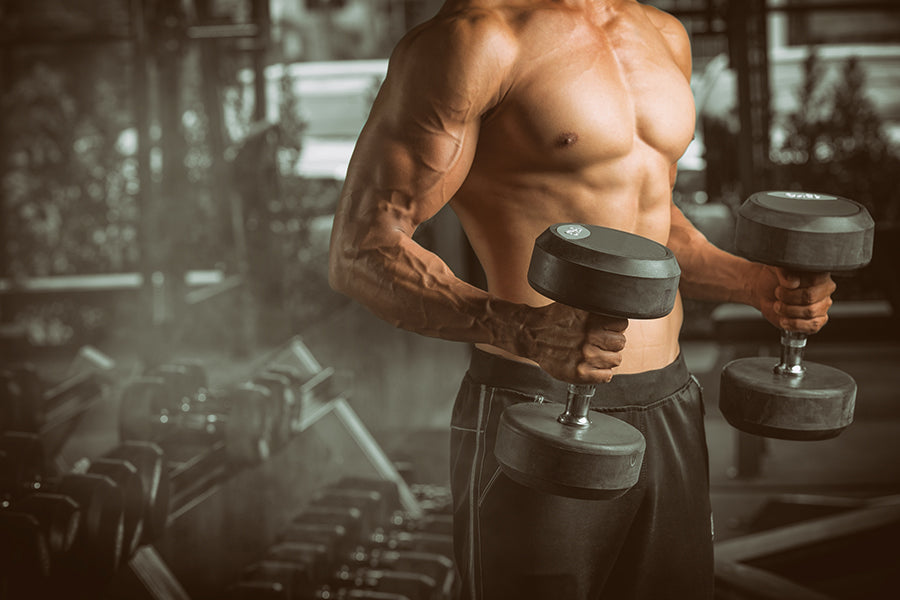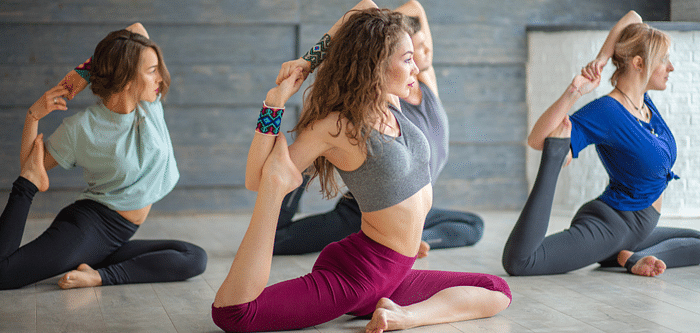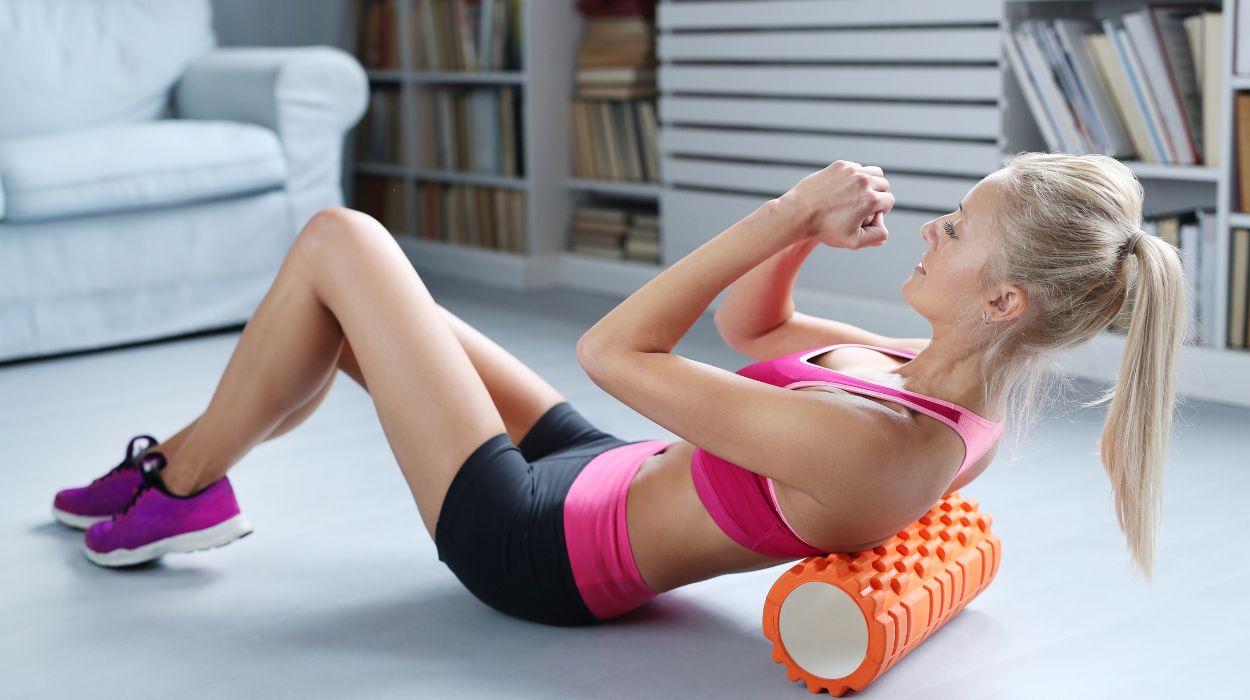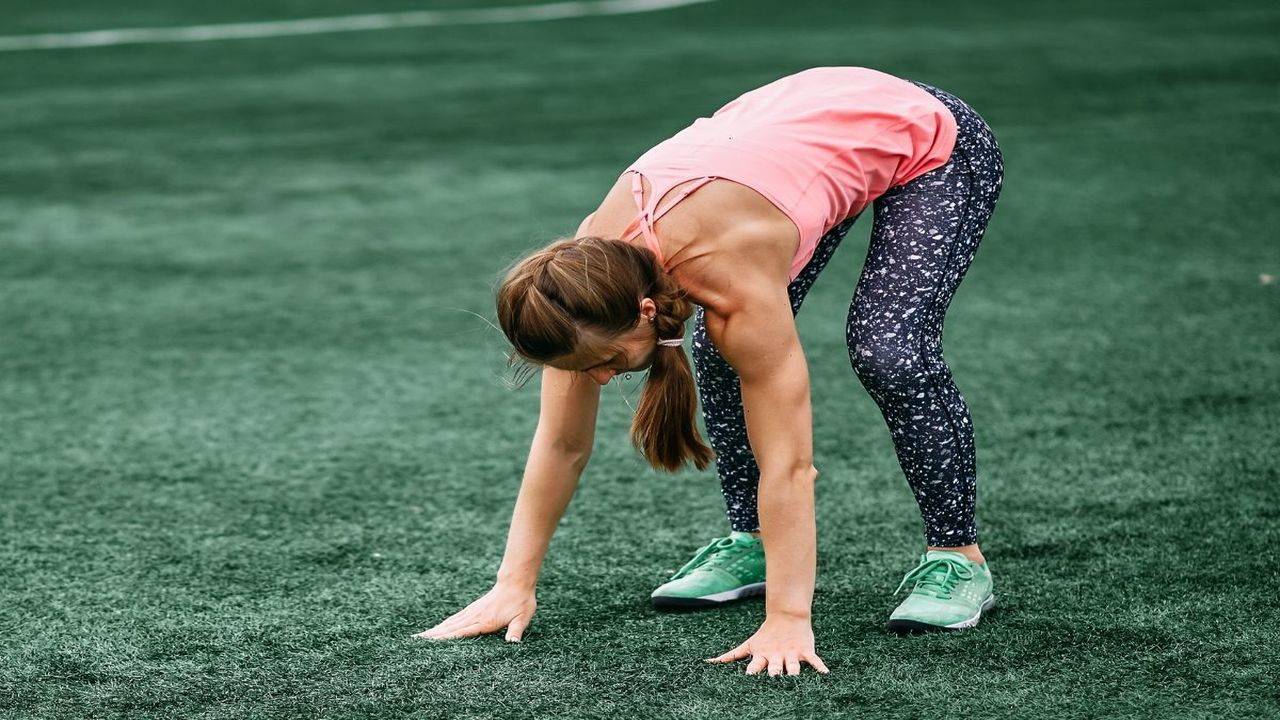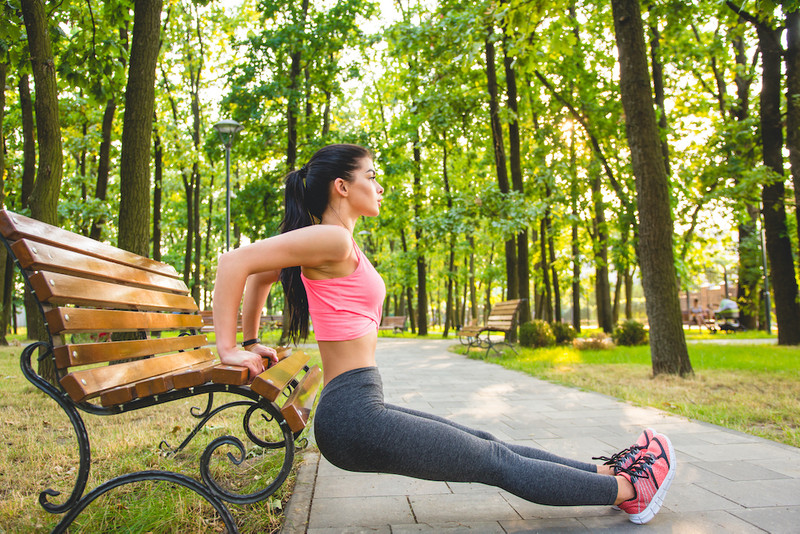The deadlift is one of the best full-body exercises. It works your legs, back, core, and arms all at once. You lift a heavy barbell from the floor and stand tall with it. Then you lower it back down. That’s one rep.
Deadlifts are known for building strength. Powerlifters love them. Even general gym-goers use deadlifts to grow muscle and increase power.
The setup starts with your feet shoulder-width apart. Your shins stay close to the bar. You hinge at the hips, grab the bar, and pull. Your back stays straight the whole time. You push through your legs and drive your hips forward to stand up.
You can use different grips—double overhand, mixed grip, or hook grip. Each helps with grip strength in its own way.
What Is a Romanian Deadlift (RDL)?
The Romanian deadlift, or RDL, looks like a deadlift, but it’s more focused. It targets the hamstrings and glutes. It’s a hip hinge exercise like the standard deadlift, but you don’t start from the floor.
You begin standing with the barbell in your hands. You slowly push your hips back and lower the bar along your legs. Your knees stay slightly bent. You stop when you feel a good stretch in your hamstrings. Then you push your hips forward and return to standing.
RDLs are not about heavy weights. They’re about control and feeling the muscles work. Bodybuilders and athletes often use RDLs to improve the back of the legs and avoid injury.
The Starting Position
In the deadlift, the bar starts on the floor. You squat down to reach it. Your hips are low, and you pull the bar up.
In an RDL, you start from a standing position. You already hold the bar. Your knees stay slightly bent, and the movement begins from the hips going backward.
This change in start position makes a big difference. The deadlift uses both legs and back to lift. The RDL focuses mainly on the backside—glutes and hamstrings.
Muscles Used
Deadlifts work everything. They hit your quads, hamstrings, glutes, lower back, traps, and even grip.
The RDL is more targeted. It mainly hits the hamstrings and glutes. Your lower back and core still work to keep your spine straight, but it’s not a full-body pull.
If you want general strength, go for deadlifts. If you want stronger hamstrings or a better backside, RDLs are your friend.
Knee Movement
In a deadlift, your knees bend a lot. You use them like a squat to help lift the weight.
In an RDL, the knees stay slightly bent the whole time. They don’t move much. Most of the movement happens at the hips. This helps stretch and work the hamstrings.
That’s why RDLs feel different. You’re not just lifting weight—you’re controlling the stretch.
Bar Path
In a deadlift, the bar travels from the ground to your hips. It stays close to your legs but moves in a straight line up and down.
In an RDL, the bar also stays close to your body. But it only travels from your hips down to mid-shin or knees and then back up. It doesn’t touch the floor.
Keeping the bar close is important in both. If it drifts forward, it adds stress to your lower back.
Grip Strength
Deadlifts test your grip strength more. The bar is heavier and harder to hold. You might need chalk, straps, or different grip styles.
RDLs use lighter weights. So the grip challenge isn’t as high. But still, you need control. You hold the bar longer during each rep. That builds endurance in your hands and forearms.
If grip is your weak point, both exercises help. But the deadlift wins in raw grip strength.
Spine Safety and Form
Both exercises need a straight back. You must avoid rounding your spine. That can lead to injury.
In the deadlift, the heavy load makes form more risky. One mistake and your back feels it.
In the RDL, the weight is lighter. You can focus more on good movement. That makes it safer for beginners or people coming back from injury.
Still, don’t rush it. Learn the hip hinge first. Practice with dumbbells or a stick before jumping to barbells.
Which One Builds More Muscle?
That depends on your goal.
Deadlifts build total-body strength. They hit many muscles in one move. You’ll feel your legs, back, core, and arms work together.
RDLs isolate your hamstrings and glutes. You won’t lift as heavy, but you’ll feel more burn in the back of your legs.
So if you want big numbers and total mass, deadlift. If you want sculpted legs and better muscle control, choose RDLs.
Many lifters use both in their routine. Deadlifts for strength. RDLs for hamstring development.
Recovery and Fatigue
Deadlifts drain your energy. They hit many muscles and use heavy loads. Your body needs more time to recover. Doing them often can lead to burnout if you’re not careful.
RDLs are easier to recover from. Since the weight is lighter and fewer muscles work, you can do them more often. Some people do RDLs twice a week without trouble.
If your program already has squats and heavy pulls, adding deadlifts might be too much. But RDLs fit in easily.
Training Purpose
Deadlifts are great for building raw power. They help in sports, strength training, and daily life. You learn how to lift things safely.
RDLs are great for muscle balance. They fix weak hamstrings, help with posture, and improve flexibility.
Athletes use RDLs to prevent injury. Runners and jumpers need strong hamstrings to avoid pulls. Even desk workers benefit from the stretch.
Variations and Options
Deadlifts have many versions: sumo deadlifts, trap bar deadlifts, deficit deadlifts. Each tweaks the angle or grip to focus on different parts of the body.
RDLs also have variations. You can use dumbbells, a barbell, or even kettlebells. You can do single-leg RDLs to work balance and stability.
Each version changes the feel. Mix them into your routine for better results and to avoid boredom.
Mobility Needs
Deadlifts need good ankle and hip mobility. You squat down low to reach the bar. If your hips or ankles are tight, form breaks down.
RDLs need hamstring flexibility. If your hamstrings are tight, you might not lower far. But that’s okay. Only go as far as your body allows.
Over time, both moves improve mobility. Deadlifts help your hips. RDLs stretch and lengthen your hamstrings.
When To Choose One Over The Other
Pick deadlifts if:
- You want full-body strength
- You’re training for powerlifting
- You want to challenge your grip and back
Pick RDLs if:
- You want to isolate hamstrings and glutes
- You’re rehabbing or avoiding heavy loads
- You want better flexibility and control
You don’t have to pick just one. Use both. Just know when and why to do each.
Progressing Over Time
For deadlifts, progression is about adding weight. You aim to lift more over time. Add 5 to 10 pounds when your form is solid.
For RDLs, progression can be slower. You focus on range of motion, muscle control, and time under tension. Add reps or slow the movement before increasing weight.
You can also add pauses at the bottom of the RDL to feel the stretch more. Or go one-legged to increase the challenge.
Common Mistakes to Avoid
In deadlifts:
- Don’t round your back
- Don’t let the bar drift away from you
- Don’t jerk the bar off the floor
In RDLs:
- Don’t bend your knees too much
- Don’t arch your lower back
- Don’t drop the bar too low and lose tension
Use a mirror or ask a coach to watch your form. Even small tweaks make a big difference.
Final Thoughts on Training Balance
Deadlifts and RDLs are not enemies. They are teammates. Each one helps in a different way.
Use deadlifts when you want power and size. Use RDLs when you want focus and control. Together, they make your legs and back stronger, your posture better, and your lifts more solid.
Train smart. Mix both into your week. And feel the difference in your strength and movement.
